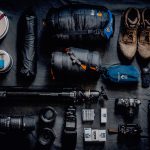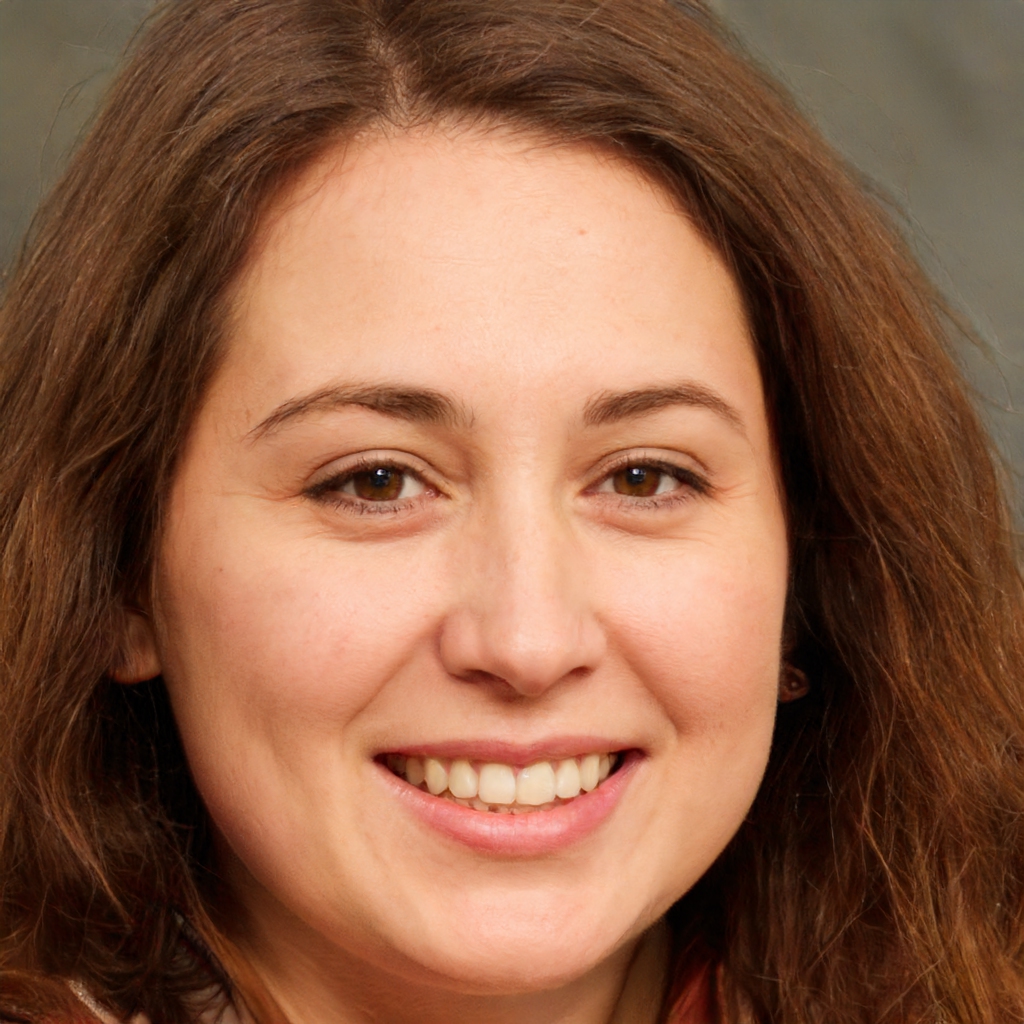The first question you might have is: “What is a 3D scanner?” This machine produces a file format known as a mesh. A mesh contains a large number of points that represent geometric samples of an object. The points can be used to extrapolate the shape of the object, as well as colour information for surface textures. However, you should be aware that mesh data does not directly translate into a CAD model.

The 3D scanning objects process for a face is straightforward. To create an accurate scan of an object, walk around the object and take multiple shots. You should be about equal distances from the object you’re scanning, so that the scan software can locate the markers. If the object has hair or is stringy, the scanner may not capture the object in the best way. Once the process is complete, you’ll have a 3D scan of the object that you need.
Can you 3D scan with iPhone 3d scanning software?
You can also scan objects with your iPhone. There are several 3D scanning apps that use photogrammetry. You can take a photo with a phone and import it into specialized software that creates a 3D digital image. This method is free and accurate. Josef Prusa uses his phone as a 3D scanner. In his YouTube video, he shows how to 3D scan a broken stone.
Changing the resolution of your scanner can greatly affect its quality. Different applications require different levels of detail. In general, 0.2mm of resolution will exclude any object smaller than that. The available resolution for a particular scanner can be changed either during the scan or afterward. However, the resolution you use should be matched to the surface of the object. High resolution is necessary for more detailed parts, whereas lower resolutions are required for large flat parts with simple geometry.
How accurate is 3D laser scanning?
A sol 3D scanner uses thousands of individual points to create a model. A laser scanner is limited in what it can capture, so it cannot work well with transparent, dark, or shiny surfaces. Structured light scanners work differently, using trigonometric triangulation, and use a series of linear patterns projected onto the object. By analyzing the edges of these patterns, they can determine how far each point is from the surface of the object.
A laser 3D scanner is the most common consumer scanner. Take a look at 3d scanning in Los Angeles. It takes multiple images of an object and stitches them together to create a 3D model. The laser’s beam is projected onto the surface of the object. The sensors record the distance from the laser to the surface. The laser’s light reflects the light, causing the images to be merged. The results are a high-quality 3D model.
What is 3D surface scanning?
A 3D scanner is used in a wide range of industries. From retrofitting heavy machinery to quality-control of mechanical parts, 3D scanners are a valuable tool for developing personalized medical treatments and even video games and visual effects. The possibilities are virtually endless. You can scan any object, from your own body to other objects, and then create a 3D model of it. This can even be used as a basis for reverse engineering.
Another important aspect of reverse engineering is the ability to reverse engineer objects. This technique is especially useful when it comes to preserving artifacts or fossils. You can also integrate complex surfaces of existing objects into 3D printable jigs. All you need to know about 3d scanner Using this technique can help museums preserve their collections and archive them digitally. The process is known as reverse engineering, and involves analyzing the design and construction of existing products to create a better or similar version. By doing so, you can find out why the designer created an object and why.
If you do not have a professional structured light 3D scanner, you can use a smartphone to scan objects. Many smartphones are equipped with an application for 3D scanning technology, and follow the same guidelines. To begin scanning, you should position the object in a walkable area. The camera of the mobile phone will collect data. Upon completion of the scanning process, the data will be converted into a digital 3D model.





